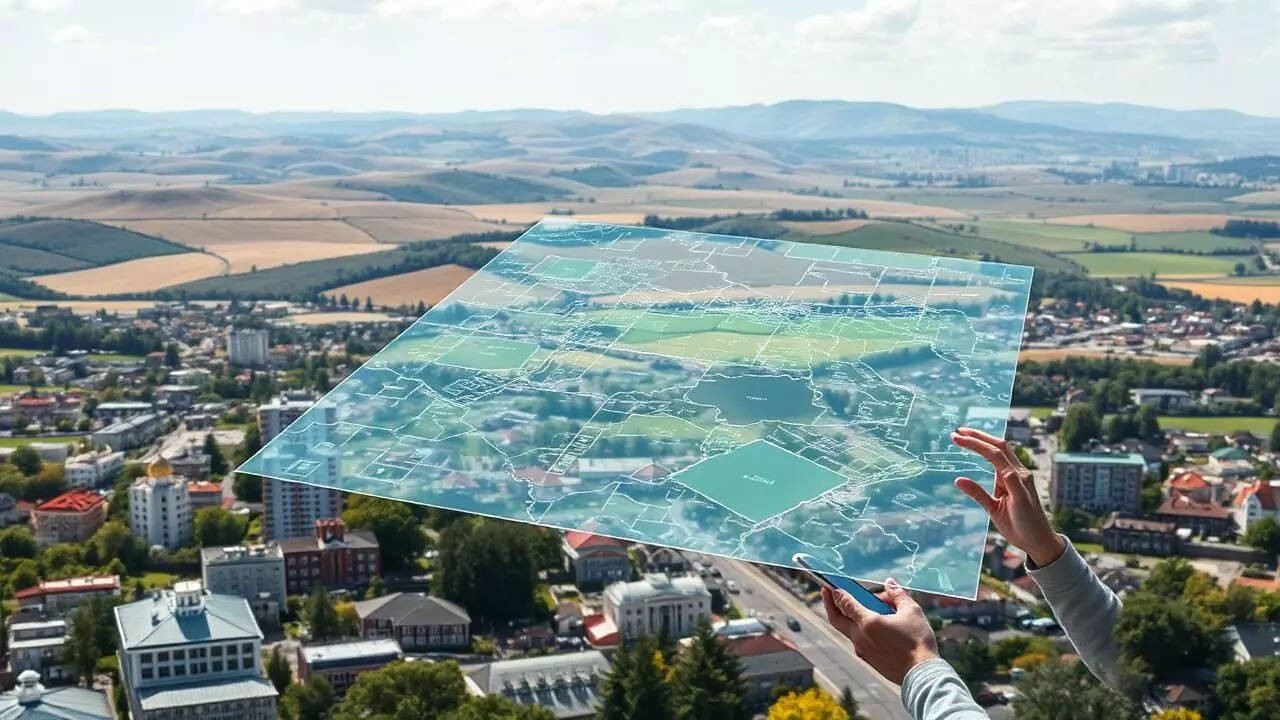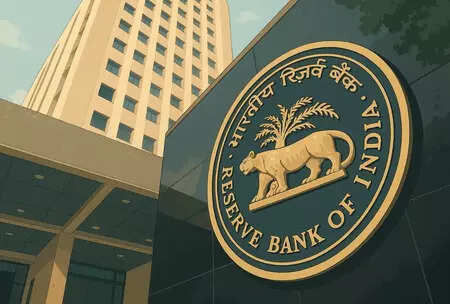The government is developing a comprehensive electronic land records database with cadastral maps to establish clear ownership in rural and urban areas. This initiative aims to enhance real-time access, improve land utilisation, reduce disputes, and ensure transparency. Progress is underway, with rural areas leading in digitization, while urban areas and the northeast region face unique challenges.
Digitizing India’s Land: A New Chapter for Ownership and Security
Imagine a world where proving you own your land is as simple as a few clicks. No more dusty archives, endless paperwork, or nail-biting legal battles. This vision is rapidly becoming a reality in India, thanks to an ambitious new initiative: the establishment of a centralized digital registry center to completely revamp the nation’s land record system.
For decades, India’s archaic land records have been a breeding ground for disputes, fraud, and bureaucratic bottlenecks. The current system, often reliant on handwritten documents and fragmented databases, is not only inefficient but also vulnerable to manipulation. This has stifled economic growth, fueled social unrest, and left countless individuals and businesses entangled in lengthy and costly legal proceedings. Securing clear land ownership rights is crucial for investment and overall development.
The new digital registry center promises to change all that. It’s not just about scanning old documents; it’s a comprehensive overhaul aimed at creating a unified, transparent, and secure digital land records database accessible to all stakeholders. Think of it as a national digital library of land ownership, complete with advanced search capabilities and robust security measures.
Why This Matters More Than You Think
The implications of this project are far-reaching. Firstly, it will significantly reduce land-related disputes. By digitizing and centralizing records, the system will make it much easier to verify ownership claims and resolve conflicts quickly and efficiently. This will bring much-needed relief to the courts, which are currently burdened with a massive backlog of land-related cases.
Secondly, the improved transparency and security of the digital land records will boost investor confidence. Knowing that land ownership is clearly established and easily verifiable will encourage businesses to invest in land development projects, creating jobs and stimulating economic growth.
Thirdly, the digital registry will empower citizens. Access to land records will be readily available online, allowing individuals to easily check the status of their property and identify any potential issues. This increased transparency will also help to curb corruption and prevent land grabbing.
Finally, the initiative will pave the way for better land management and planning. With accurate and up-to-date information on land use and ownership, the government will be better equipped to make informed decisions about infrastructure development, urban planning, and environmental protection. Imagine integrated maps displaying property ownership, zoning regulations, and environmental data, all accessible in one place. This will revolutionize how we manage and utilize our land resources.
Laying the Foundation: How the Digital Transformation Will Work
The process of digitizing India’s land records is a monumental undertaking. It involves scanning millions of documents, verifying their accuracy, and uploading them to a central database. The project also requires the development of sophisticated software and hardware infrastructure to ensure the system is secure, reliable, and user-friendly.
The government is working closely with various stakeholders, including state governments, land record officials, and technology providers, to ensure the successful implementation of the project. Training programs are being conducted to equip land record officials with the necessary skills to operate the new system.
The project is being rolled out in phases, with initial focus on districts with high rates of land disputes. As the system matures, it will be expanded to cover the entire country. This phased approach allows for continuous improvement and refinement based on real-world feedback.

Challenges and the Road Ahead
Of course, such a massive undertaking is not without its challenges. Ensuring the accuracy of the digitized records is paramount. This requires careful verification and reconciliation of existing data, as well as robust mechanisms for correcting errors. Data security and privacy are also critical concerns. The system must be protected from cyberattacks and unauthorized access to sensitive information. Public awareness campaigns are essential to inform citizens about the benefits of the digital registry and how to access it.
Despite these challenges, the long-term benefits of digitizing India’s land records far outweigh the risks. This initiative has the potential to transform the country’s land management system, unlock economic potential, and empower citizens. As the project progresses, it will be crucial to address the challenges proactively and ensure that the system is truly accessible, secure, and reliable. This will not only revolutionize how land is managed but also strengthen land ownership rights across the nation.
By modernizing the digital land records, India is taking a significant step towards a more prosperous and equitable future. The shift to a digital system holds the promise of reducing disputes, attracting investment, and ultimately, empowering citizens with greater control over their property rights. It’s a long journey, but the destination – a nation with secure and transparent land ownership – is well worth the effort.







